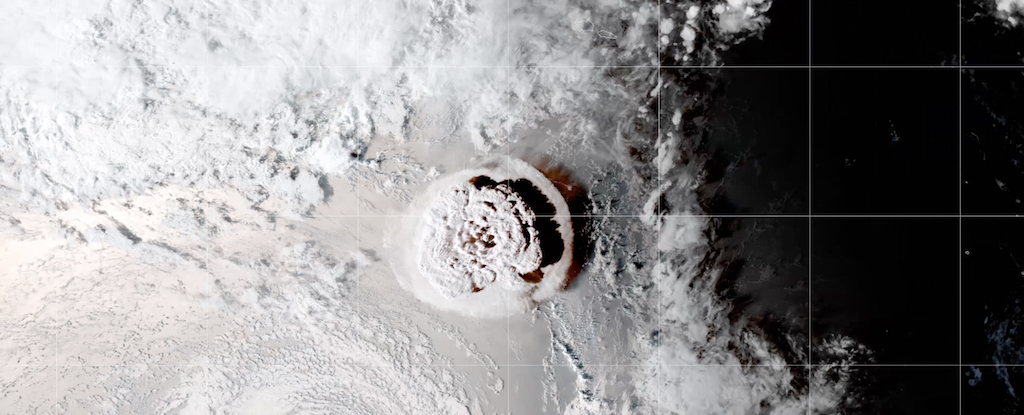The past eight years have been the warmest on record, even with the cooling influence of a La Niña weather pattern since 2020, the European Union’s climate monitoring service said on Tuesday.
Average temperatures in 2022 – in which a cascade of unprecedented natural disasters became more likely and deadly climate change – make it the fifth warmest year since records began in the 19th century, after the Copernicus Climate Change Service.
Pakistan and northern India were scorched by a two-month spring heatwave with sustained temperatures well above 40 degrees Celsius (104 degrees Fahrenheit), followed by floods in Pakistan that covered a third of the country, affecting 33 million people and causing around $30 billion in damage and economic losses.
France, Britain, Spain and Italy set new average temperature records for 2022, with Europe as a whole experiencing its second-hottest year on record, Copernicus said in one annual report.
Heat waves across the continent have been exacerbated by severe drought conditions.
Temperatures in Europe have risen by more than twice the global average over the past 30 years, with the region experiencing the highest rate of rise of any continent on earth.
“2022 was another year of climate extremes across Europe and globally,” said Samantha Burgess, deputy chief of the Copernicus Climate Action Service in an opinion.
“These events underscore that we are already witnessing the devastating consequences of our warming world.”
Large parts of the Middle East, China, Central Asia and North Africa also experienced unprecedented warmth on average throughout 2022.
China and western Europe reported negative impacts on agriculture, river transport and energy management related to weather conditions.
“No sign of slowing down”
The polar regions of the earth also experienced record temperatures last year.
The remote Vostok station deep in East Antarctica reached a relatively balmy minus 17.7 degrees Celsius (0.14 degrees Fahrenheit), the warmest temperature ever recorded in its 65-year history.
Antarctic sea ice reached its lowest minimum extent in 44-year satellite records in February during the Southern Hemisphere summer.
On the other side of the world, Greenland experienced September temperatures that were 8 degrees Celsius above average, accelerating the loss of ice sheet that has become a major factor in sea level rise.
According to Copernicus, the hottest years on record worldwide are – in descending order – 2016, 2020, 2019 and 2017.
Atmospheric concentrations of the two main greenhouse gases driving global warming – carbon dioxide (CO2) and methane (CH4) – also continued a decades-long rise to record levels.
CO2 Levels rose to 417 parts per million — the highest in over 2 million years. Methane rose to 1,894 parts per billion, a level not seen in 800,000 years.
“Atmospheric concentrations continue to rise with no sign of slowing down,” said Vincent-Henri Peuch, Director of the Copernicus Atmospheric Monitoring Service.
A world just under 1.2 degrees Celsius above pre-industrial levels has already been plagued by heat waves, droughts and record high temperatures, and is heading for a catastrophic 2.8 degrees Celsius above that benchmark.
The Paris Agreement, agreed by almost every nation in the world in 2015, calls for limiting global warming to 1.5 degrees Celsius, which scientists say would limit climate impacts to manageable levels.
But CO2 and CH4 Emissions from the production and use of fossil fuels – the main cause of warming – have continued to rise even as the decarbonization of the global economy has accelerated.





